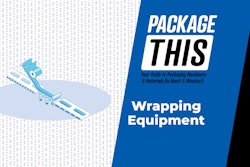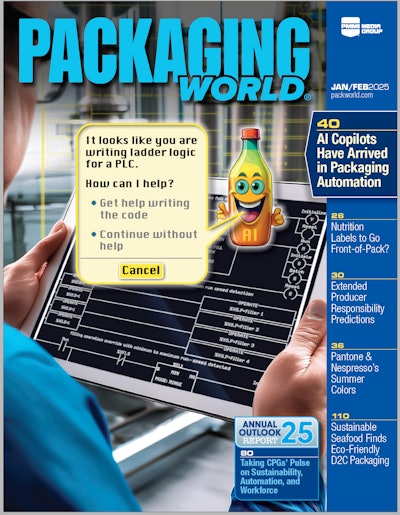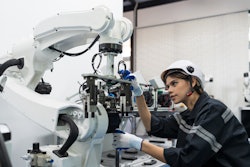
A new report prepared for the American Chemistry Council that examined emissions from a family of technologies known as pyrolysis has determined that emissions from these processes are likely to be very low—much lower than the emissions profiles from other industries, such as food processing, auto manufacturing, and even lower than institutional buildings, such as hospitals and universities.
As ACC explains, pyrolysis is a versatile process that can convert non-recycled plastics into liquid fuels, lubricants, waxes, or even polymer feedstocks. This group of technologies, sometimes referred to as “plastics-to-fuels,” complements mechanical recycling by keeping greater amounts of useful materials out of landfills while reducing the need for virgin resources.
These findings follow Argonne National Laboratory’s determination that the production of ultra-low diesel derived from post-use, non-recycled plastics results in lower greenhouse gas emissions and water and energy use compared to ultra-low sulfur diesel derived from conventional petroleum. ANL’s findings were presented in the peer-reviewed journal Fuel (Volume 203, 1 September 2017, Pages 11-22).
This new report, “Comparison of Plastics-to-Fuel and Petrochemistry Manufacturing Emissions to Common Manufacturing Emissions,” was prepared by Good Company for the ACC.
In addition to the low emissions profile, Good Company modeling found that the typical plastics-to-fuel and petrochemical facility would not only process 15,000 tons of non-recycled plastics that would otherwise be disposed in a landfill, but also potentially create 2.5 million gallons of transportation fuel per year.
The analysis looked at emissions for six criteria air pollutants, commonly known as CAPS, and found them to be very low. In addition, the study found that these facilities would produce very low levels of what are known as hazardous air pollutants—so low, that emissions would fall below U.S. Environmental Protection Agency permitting requirements.
“Our analysis shows that the emissions produced by plastics-to-fuel and petrochemical technologies were below regulated levels, below the well-known industries that we examined in every category of emissions, and in most cases both,” says Josh Proudfoot, co-founder and principal of Good Company.
“This analysis further demonstrates the environmental benefits of converting non-recycled plastics into fuels for transportation and manufacturing feedstocks through pyrolysis,” says Tom Waltermire, Chairman of ACC’s Plastics-to-Fuel and Petrochemistry Alliance and board member of Vadxx Energy. “Plastics-to-fuel technologies can produce a range of useful products with an emissions profile that is comparable to a hospital heating and power system.”
Adds Craig Cookson, ACC’s Senior Director of Recycling and Recovery, “Plastics-to-fuel technologies complement plastics recycling and represent an important area of domestic innovation and more sustainable use of our post-use plastic materials. Communities evaluating pyrolysis technologies as an alternative to landfill disposal for non-recycled plastics can look to this study, which inspires confidence and reinforces that these facilities generate very low emissions.”


























